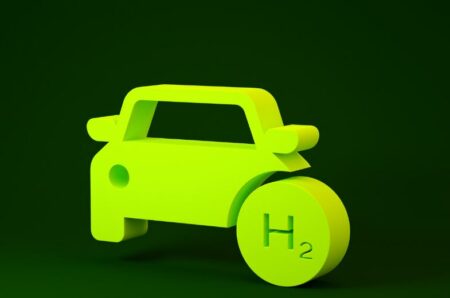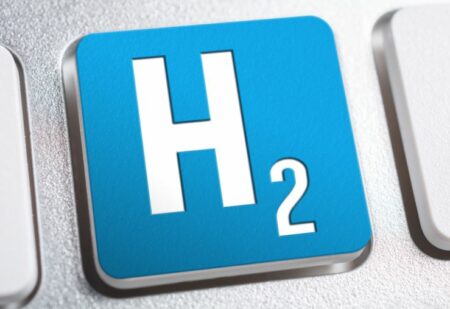For Japan’s G7 Presidency, the IEA has produced a wide range of new analysis on important energy and climate topics, including reports on hydrogen, steel, renewables integration, and natural gas. It has also contributed to discussions on important minerals, clean energy supply chains, energy efficiency, and lowering emissions from road transport.
Ahead of the G7 Ministers’ Conference on Climate, Energy and Environment in Sapporo, Japan, on April 15–16 and the G7 Hiroshima Summit on May 19–21, the various analytical outputs are assisting in informing the governments of major economies. The Japanese government asked them to assist in G7 negotiations and offer advice and guidance for the G7 energy and climate agenda. Yet, the reports provide insightful research that is not restricted to the G7 and can assist in guiding policy decisions in nations all around the world in these areas.
In order to provide much-needed clarity and encourage investment, the paper Towards Hydrogen Definitions Based on Their Emissions Intensity aims to provide openness on the emissions intensity of hydrogen generation. The majority of large-scale hydrogen manufacturing plants are experiencing significant difficulties. Project developers are unable to make decisive investment decisions due to problems such a lack of infrastructure, uncertainty about future demand, and unclear regulations.
Using colours or phrases like “sustainable,” “low-carbon,” or “clean” hydrogen to describe various production methods hides a wide range of potential emission levels. The research argues that this terminology has shown to be useless as a foundation for contracting decisions, discouraging potential investors. Governments can promote market and regulatory interoperability by agreeing to use the emissions intensity of hydrogen generation in the definition of national legislation governing hydrogen. By evaluating the emissions intensity of several hydrogen production techniques, the new research seeks to let countries choose the amount that best suits their own needs.
The work on steel that began during Germany’s G7 Presidency in 2022 is continued in the paper Emissions Measurement and Data Collecting for a Net Zero Steel Industry. Strong methodology for measuring emissions at the site- and product-level, as well as data gathering systems to facilitate comparison and track progress, are needed for the implementation phase of reaching a net zero steel sector.
The research offers “net zero principles” to direct probable future steps for their development and implementation, along with specific policy recommendations for G7 members, after evaluating the steel industry’s existing techniques and frameworks.
Regarding the integration of renewable energy sources, the report Managing Seasonal and Interannual Variability of Renewables investigates the integration of variable renewable energy sources, such as wind and solar, in future power systems where their share of annual electricity generation rises beyond 70%. Many nations have already securely and effectively incorporated sizeable shares of variable renewables in their electricity generation thanks to the successful use of flexibility resources, such as stronger grids and interconnections, demand-side measures, affordable storage, and dispatchable power supply.
System level surpluses and periods of decreased generation will eventually transcend hour-to-hour or daily changes to seasonal timescales as wind and solar power continue to increase as a percentage of generation. The research investigates the potential flexibility requirements for this, concentrating on four distinct climatic zones and stressing the potential role of current thermal power capacities and of hydropower facilities in providing seasonal flexibility and capacity during crucial times of the year. Additionally, it states that all flexibility services must be totally carbon neutral as energy systems move towards net zero emissions.
The report Outlooks for Gas Markets and Investment on natural gas examines the supply and demand uncertainty for natural gas using information from the scenarios supporting the Global Energy Outlook 2022 as well as a variety of other worldwide scenario-based evaluations. The paper examines the fundamental factors influencing natural gas possibilities with an emphasis on growing and developing economies in Asia in the context of the present global energy crisis and initiatives to combat climate change.
These are some of the most recent examples of the long-standing collaboration between the IEA and the G7 to create policy recommendations on energy security and sustainable energy transitions.








